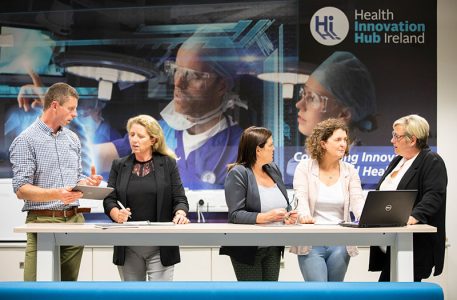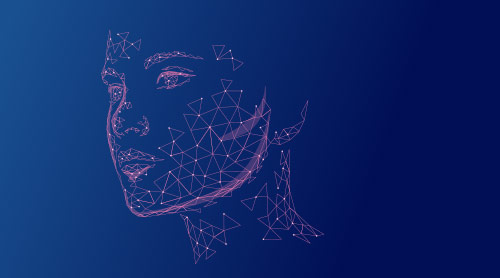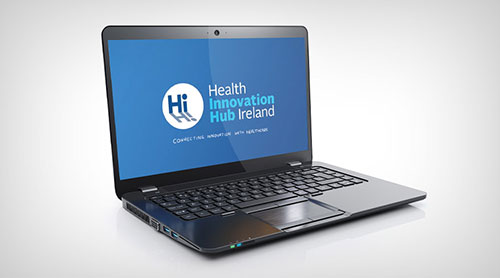
Find out how the ALADDIN Project aims to tackle the gap in knowledge around 3D printing technology…
Additive manufacturing, also known as 3D printing, is a disruptive technology with promising potential in the health sector.
The technology has not yet been fully integrated in hospitals and the health care sector. There are different reasons for this. Some of the barriers are the lack of knowledge and skills on the use of the technology, as well as a complex value chain requiring the cooperation of stakeholders from different backgrounds. The ALADDIN project aims to tackle the gap in knowledge and help create a better cooperation among stakeholders, contributing to the integration of additive manufacturing in the health sector.
ALADDIN is an ERASMUS + project that brings together six European organisations developing an innovative training programme on additive manufacturing in hospitals, targeting not only health professional working in hospitals, such as Doctors, Surgeons, and Biotechnologists, but also Engineering Students with a future in the health sector.
Until September 2022, ALADDIN developed a training methodology, a teaching guide, training contents customised for each target group and an e-Learning platform. The contents were released in English, Spanish and French. Three multiplier events were organised: one on the 4th of June in Belgium, organised by HOPE; one on the 1st of September in Spain, organised by IDIVAL; and one on the 15th of September in Ireland, organised by HIHI.
Three pilot sessions were also organised through the summer period (June to September) in the three languages. Following the pilots, surveys were sent to the students and to the teachers to collect feedback on the course. A validation report was compiled in October 2022, describing the results of these surveys.
In September 2022, the Exploitation and Sustainability Report was updated. This plan sets the targets and procedures for ensuring the project’s results will be exploited after its end. It also specifies the guidelines for exploitation and transfer of the project results outside the original project consortium and project duration.
The contents of the course are now under preparation to be shared on the websites of each partner of the project.









